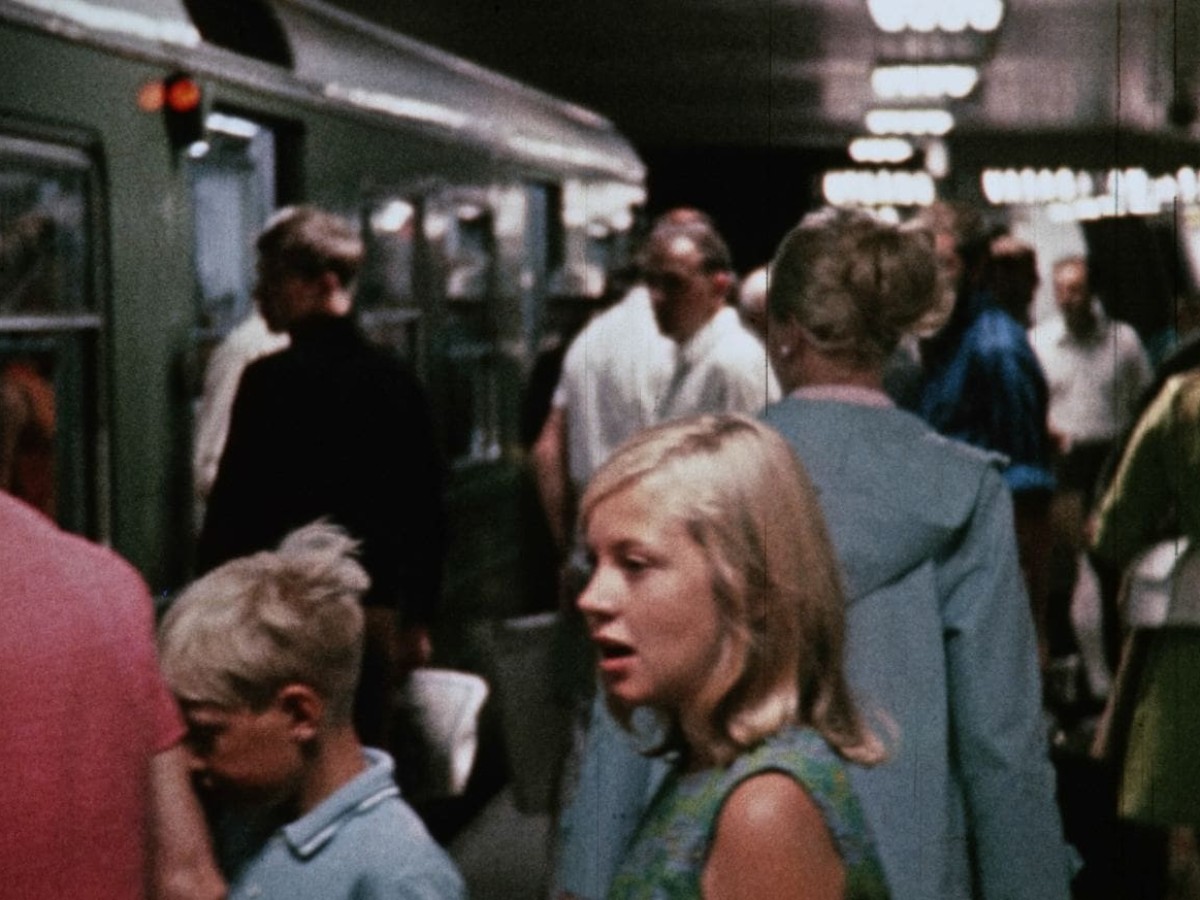Films You Cannot See Elsewhere
The Amos Vogel Atlas 20
Sweden Images
April 16 and 17, 2025
What images of Sweden exist beyond the major canonized names whose radiance and international fame have forced all other images to the side, as in so many other countries with small film production histories? This program moves between formal experiments, activist documentaries, and animated films focused on kinetic research, investigating some of these hidden traces, broken narratives, and alternative histories.
The selection includes amateur filmmaker Reinhold Holtermann's Stockholmsbilder (1930), which can be considered as the first Swedish experimental film due to its imaginative and suggestive camera editing; films made in the context of different movements and groups – such as Arbetsgruppen för film (later Filmform), Svenska Filmligan, and FilmCentrum – and works displaying, in one way or another, connections between Swedish experimental film culture, international avant-garde films, and art.
The program is dedicated to Gunvor Nelson and Staffan Lamm, both of whom recently passed away. They are very different filmmakers: Nelson is the most famous Swedish experimental filmmaker, Lamm a hardly known documentary and essay filmer. Yet, their different aesthetic approaches reflect the breadth of Swedish avant-garde film culture and also encompass the various political methods which are gathered in this program. (Stefan Ramstedt, Martin Grennberger / Translation: Ted Fendt)
With Stefan Ramstedt and Martin Grennberger in attendance
Amos Vogel (1921–2012), an Austrian-born Jew, became one of the most important figures in international film culture after his emigration to the United States. The Amos Vogel Atlas is a series dedicated continuing Vogel's oppositional legacy alongside the study of his literary estate, which is deposited in the Film Museum. Rarities from the collection represent key focal points.
What images of Sweden exist beyond the major canonized names whose radiance and international fame have forced all other images to the side, as in so many other countries with small film production histories? This program moves between formal experiments, activist documentaries, and animated films focused on kinetic research, investigating some of these hidden traces, broken narratives, and alternative histories.
The selection includes amateur filmmaker Reinhold Holtermann's Stockholmsbilder (1930), which can be considered as the first Swedish experimental film due to its imaginative and suggestive camera editing; films made in the context of different movements and groups – such as Arbetsgruppen för film (later Filmform), Svenska Filmligan, and FilmCentrum – and works displaying, in one way or another, connections between Swedish experimental film culture, international avant-garde films, and art.
The program is dedicated to Gunvor Nelson and Staffan Lamm, both of whom recently passed away. They are very different filmmakers: Nelson is the most famous Swedish experimental filmmaker, Lamm a hardly known documentary and essay filmer. Yet, their different aesthetic approaches reflect the breadth of Swedish avant-garde film culture and also encompass the various political methods which are gathered in this program. (Stefan Ramstedt, Martin Grennberger / Translation: Ted Fendt)
With Stefan Ramstedt and Martin Grennberger in attendance
Amos Vogel (1921–2012), an Austrian-born Jew, became one of the most important figures in international film culture after his emigration to the United States. The Amos Vogel Atlas is a series dedicated continuing Vogel's oppositional legacy alongside the study of his literary estate, which is deposited in the Film Museum. Rarities from the collection represent key focal points.
Related materials
Photos 2025 - Schwedenbilder
Link Contributors
Link Amos Vogel Library
Project Amos Vogel – 100 Years of Subversion
Film Series Amos Vogel Atlas
Link Amos Vogel Library
Project Amos Vogel – 100 Years of Subversion
Film Series Amos Vogel Atlas
